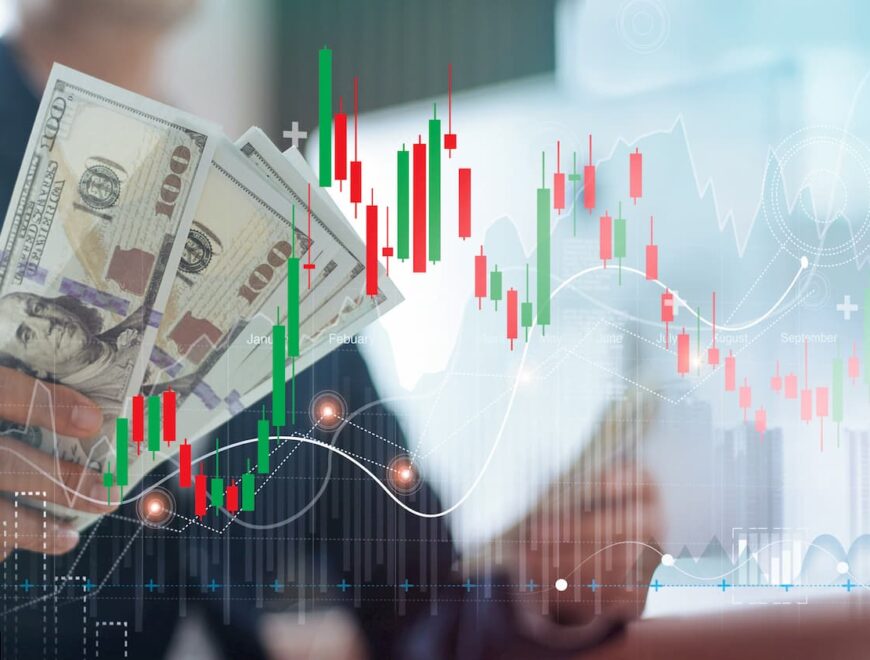news profiteer currency strength meter
Over the years, Forex strength meters have naturally evolved into currency correlation matrices that can deliver more complex and accurate information. Forex correlation, like other correlations, signals correlation between two currency pairs.
The currency strengthmeter is a graph that shows how currencies are performing in relation to each other. You can see all major currencies' relative strengths.
